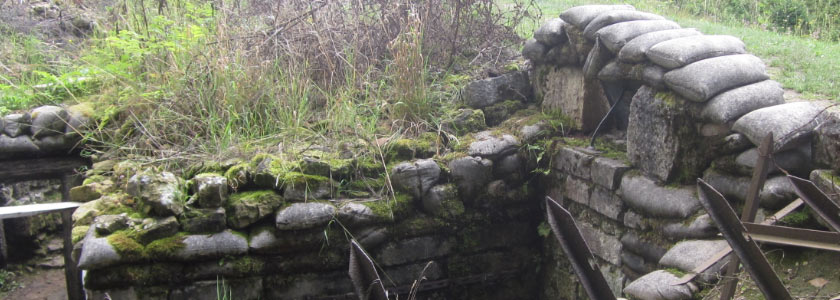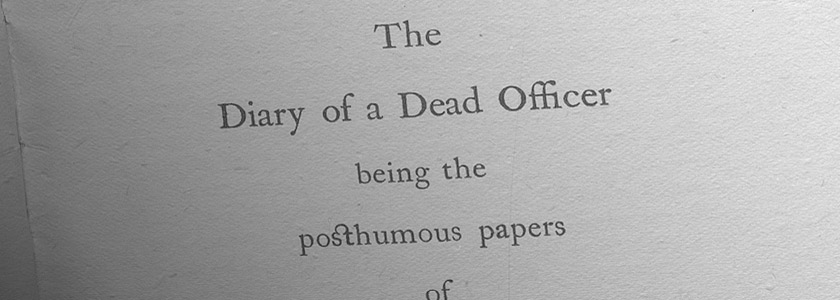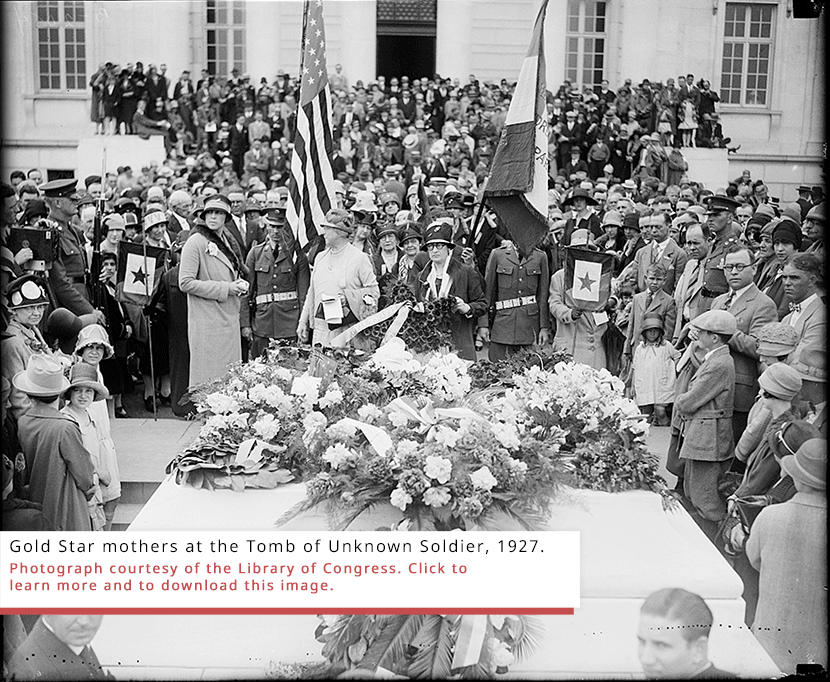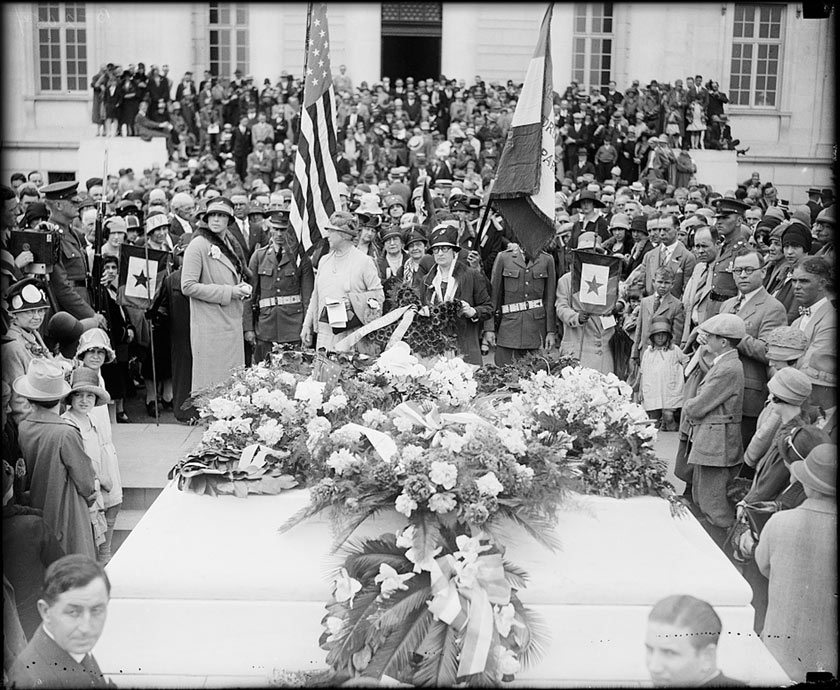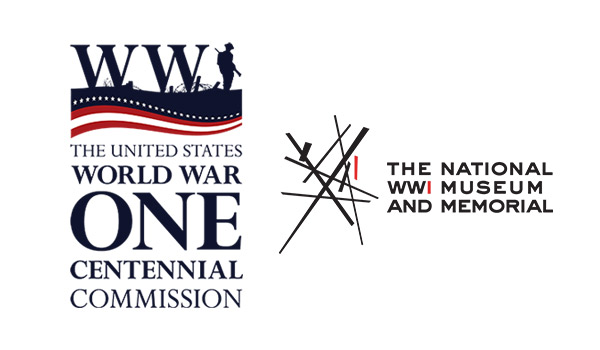Education Resources on WWI. You are receiving this email because you expressed interest. | View in browser

“They shall grow not old, as we that are left grow old:
Age shall not weary them, nor the years condemn.
At the going down of the sun and in the morning,
We will remember them.”
— From the 1914 poem “For the Fallen” by Laurence Binyon.
Want to learn more about the symbolism of the poppy? This resource includes more information as well as crafts for younger learners.
“This was a sad trip, for all the Pilgrims. Some were taken to their sons, or husbands grave, while others were disappointed, as the records are not all complete. There are 252 graves unknown. … The Mothers of the unknown could go, and pick out an unknown grave to decorate. The Mothers did this in a kindly spirit. It was some Mother’s son, lying beneath the sod, who paid the supreme sacrifice for the same cause.”
— Sophia Musbach Neth, discussing a Gold Star Mother pilgrimage in her diary, Aug. 26, 1931. Her son, Private Carl F. Musbach, was killed in action July 18, 1918.
The United States World War One Centennial Commission and the National WWI Museum and Memorial are dedicated to educating the public about the causes, events, and consequences of the conflict and we encourage the use of these resources to better understand the Great War and its enduring impact on the global community.
Partners on this project include:
Pritzker Military Museum and Library National Archives The Great War YouTube Channel MacArthur Memorial National History Day American Battle Monuments Commission Stanford History Education Group Center for Middle Eastern Studies, University of Arizona HISTORY® AFS Intercultural Programs Library of Congress New York State Archives Partnership Trust / New York State Archives Aberdeen Proving Ground The Map as History International Baccalaureate College Board Villanova University Facing History and Ourselves Mission du centenaire de la Première Guerre mondiale Virginia Cooperative Extension 4-H Google Arts & Culture Scholastic
The Pritzker Military Museum and Library is a founding sponsor of the United States World War One Centennial Commission.

